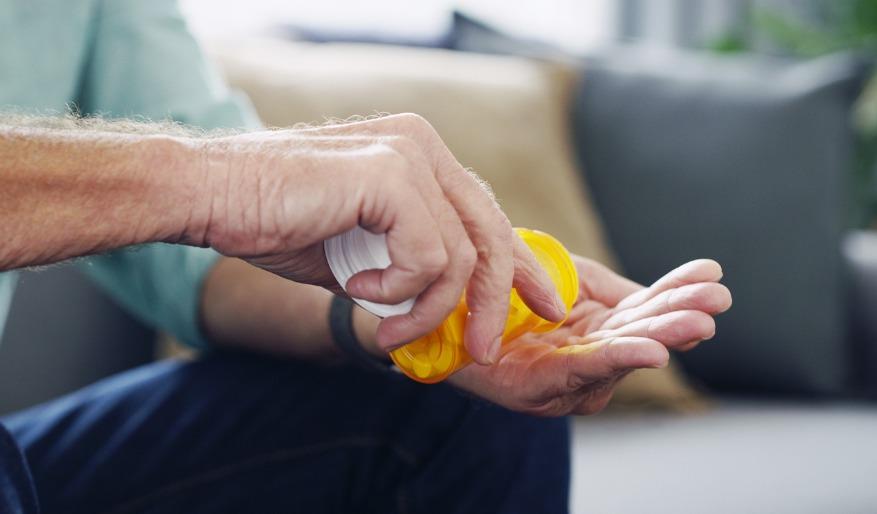Our Doctors
Meet all the doctors from Cleveland Clinic Abu Dhabi.
View Doctors
We look at interventional procedures that can provide significant relief

Classified as a pain that lasts a long time, chronic pain can affect any part of the body. The pain may be constant, or come and go, but it can have a big impact on daily life. Interfering with daily activities and normal sleep patterns, it can sometimes lead to depression and anxiety.
Treating chronic pain effectively is key to improving quality of life. Traditionally, medication is the first step in offering relief to patients. Whether this is over-the-counter painkillers, or stronger prescription medication, for some patients, drugs work well.
But medication isn’t a long-term solution, and it won’t stop the pain or resolve the problem that is causing it. Many pain medications come with undesirable side effects, particularly when taken over a long period of time. Some patients don’t get adequate relief from medicines and some people are concerned about developing a dependency on stronger drugs.
When medication isn’t suitable, there are alternatives that can help patients manage and treat their chronic pain.
For some people, lifestyle changes can offer relief from chronic pain. Acupuncture, meditation, and exercise can all help patients manage the physical and emotional impact of living with pain. Certain therapies can also be very effective. Physical therapy, which involves exercises that will strengthen the body, and occupational therapy, which will teach you how to go about tasks to lessen pain, can be very effective.
When medication isn’t suitable, and strategies to manage chronic pain aren’t effective, there are a number of interventional methods on offer that can effectively alleviate pain.
The team at Cleveland Clinic Abu Dhabi’s Interventional Pain Management Center offer a range of cutting-edge, minimally invasive interventional methods for patients with chronic pain.
Whether the pain is related to cancer, joints, nerves, or post-surgery, the aim of treatment is to significantly reduce pain and improve the patient’s functional level and quality of life, as much as possible.
The multidisciplinary approach to treatment involves therapies, both physical and cognitive, and includes the following procedures:
Thanks to modern medicine, there are a range of pain relief options that reduce the need for medication. Talk to your doctor today about the options available to you.
PNS is used to treat chronic pain (in patients for whom traditional pain relief strategies haven't worked etc.), including chronic neuropathic pain of the upper and lower extremities, persistent shoulder and knee pain, groin pain, nerve pain after surgery, compression of nerves after a stroke, and chronic back pain.